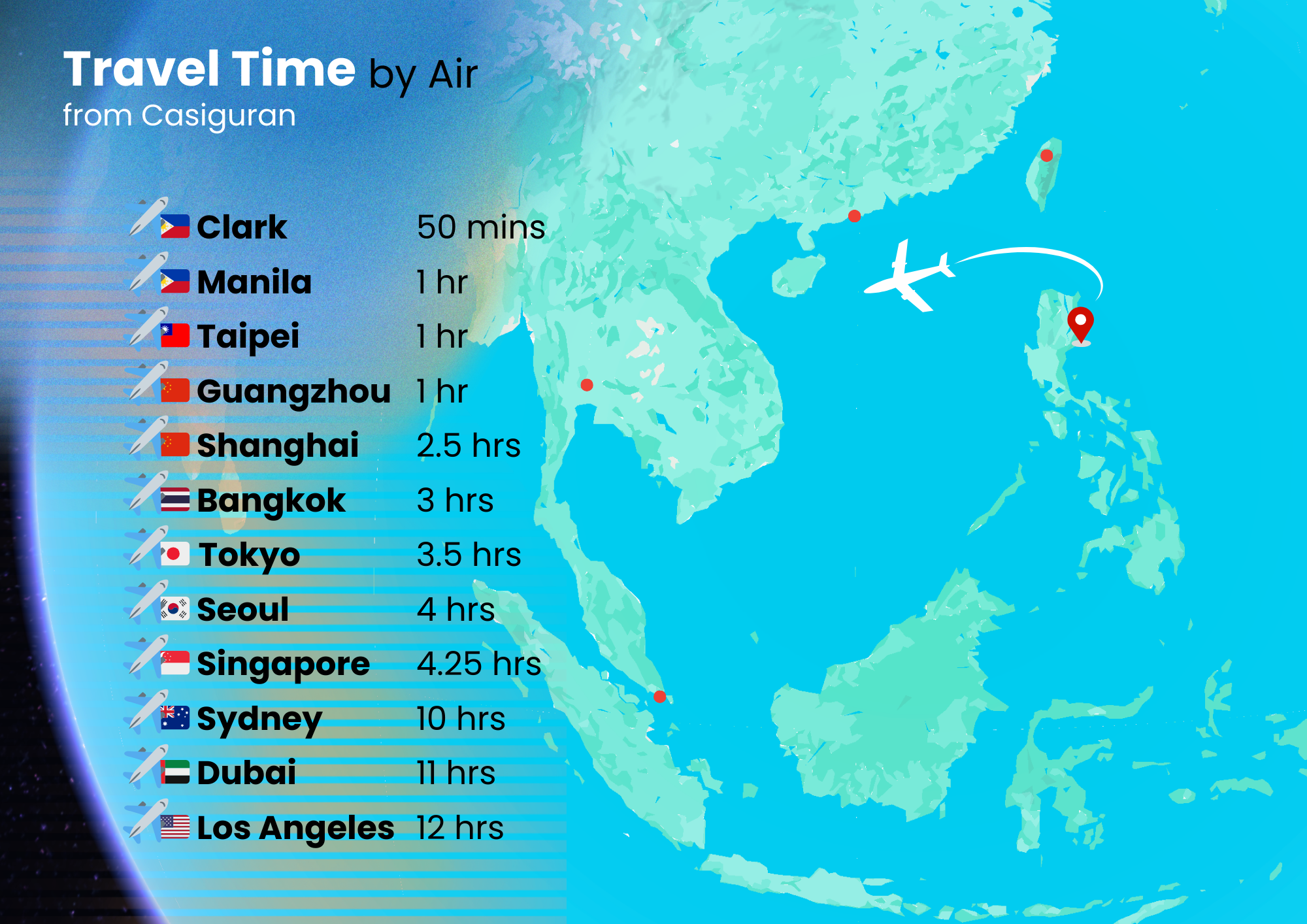
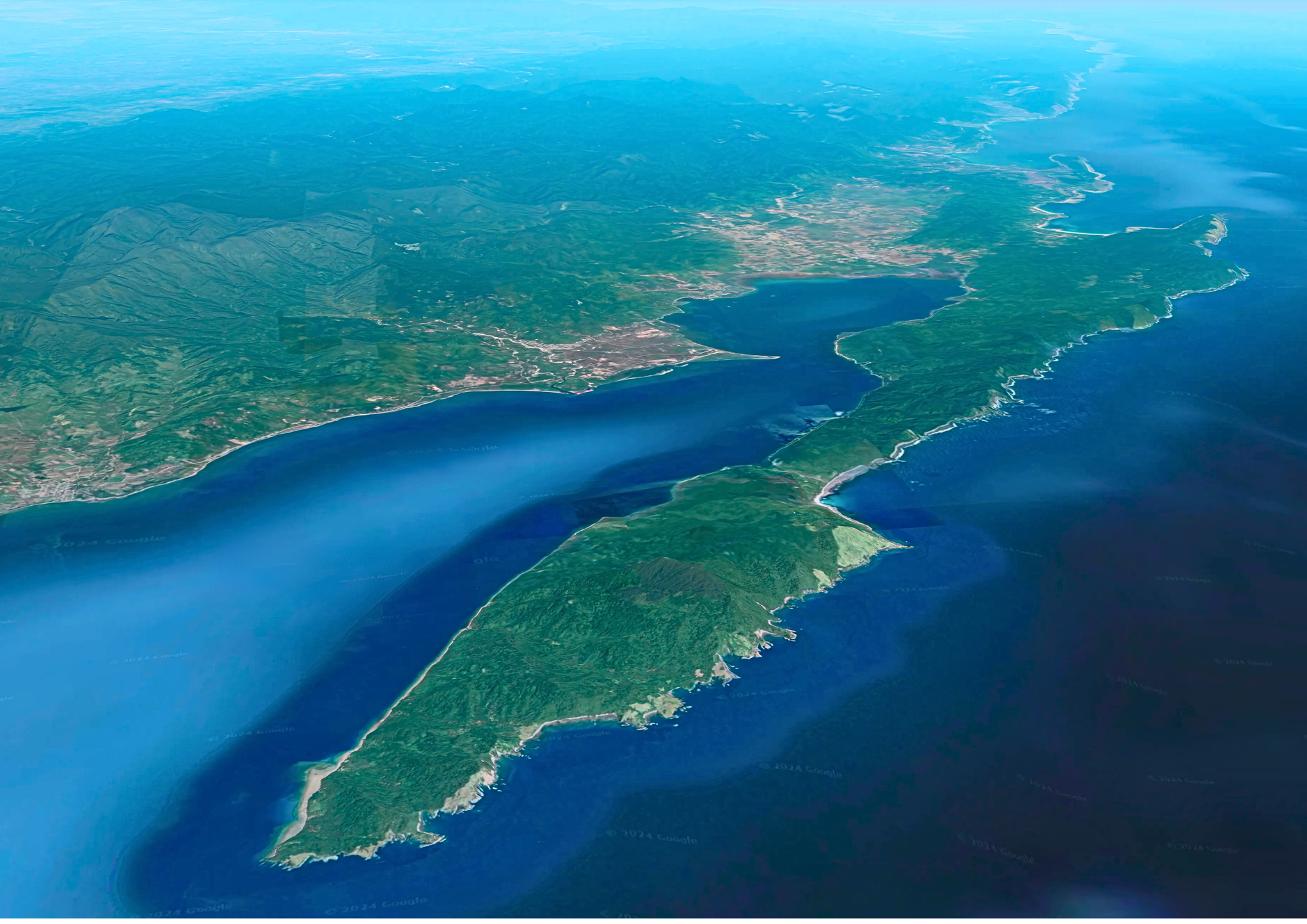
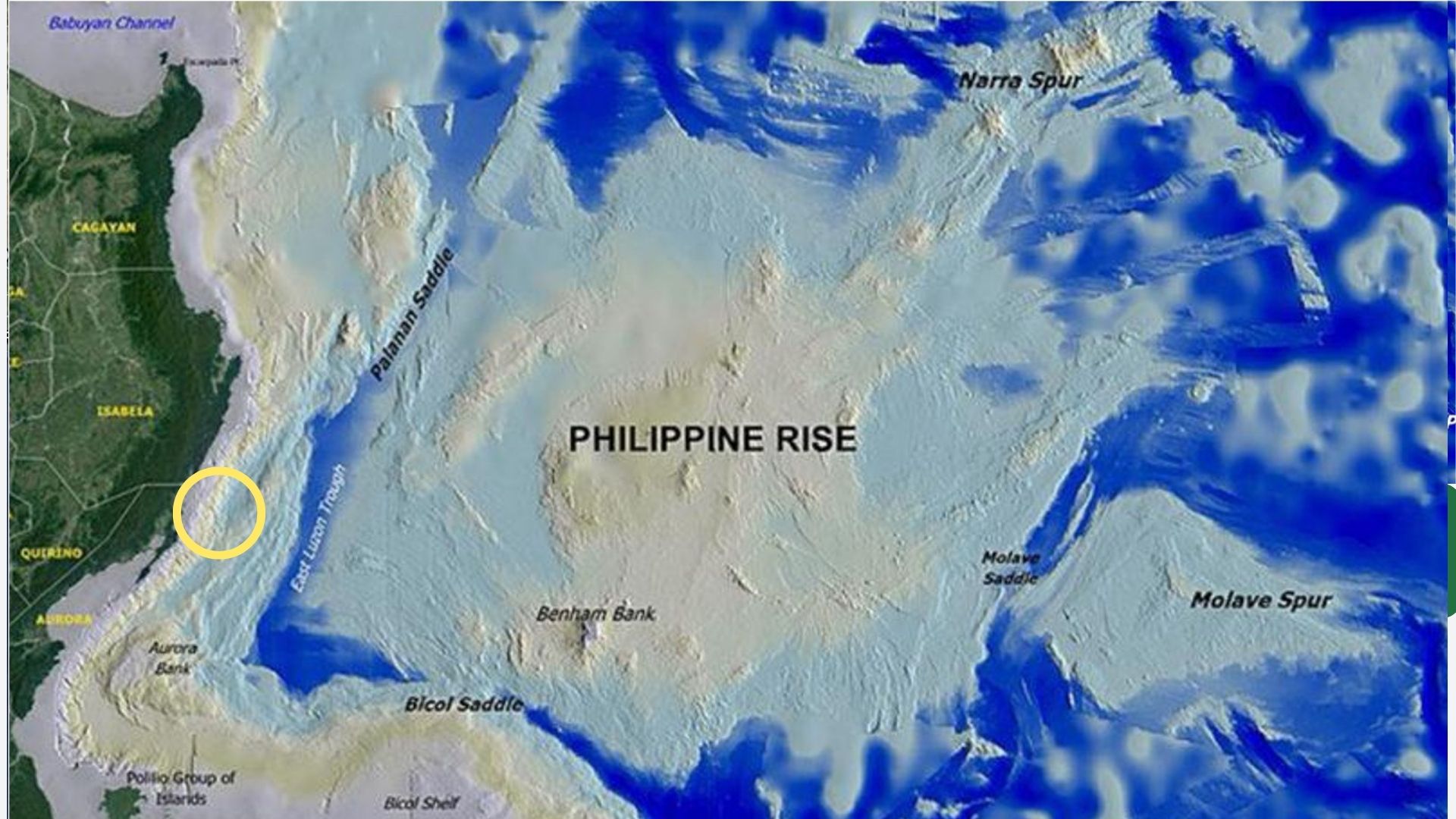
APECO is conveniently situated in the bay area of Casiguran, a naturally protected enclave cradled by the Sierra Madre mountain range and the 12,000-hectare San Ildefonso Peninsula. The bay area is a perfect site against storms.
There is a fully concreted road network connecting Manila to Casiguran, covering 385 kilometers from Manila and 108 kilometers from Baler. By land, land travel from Metro Manila to APECO takes only five (5) to seven (7) hours through the very scenic route in the Sierra Madre Mountains. From Cubao, Quezon City, you may take a regular air conditioned passenger bus to Baler, Aurora. From Baler, you may take a passenger van to Casiguran. In Casiguran, the host municipality of APECO, the local residents use motorcycles and tricycles as a mode of transportation. The municipal public terminal is located near the municipal public market.
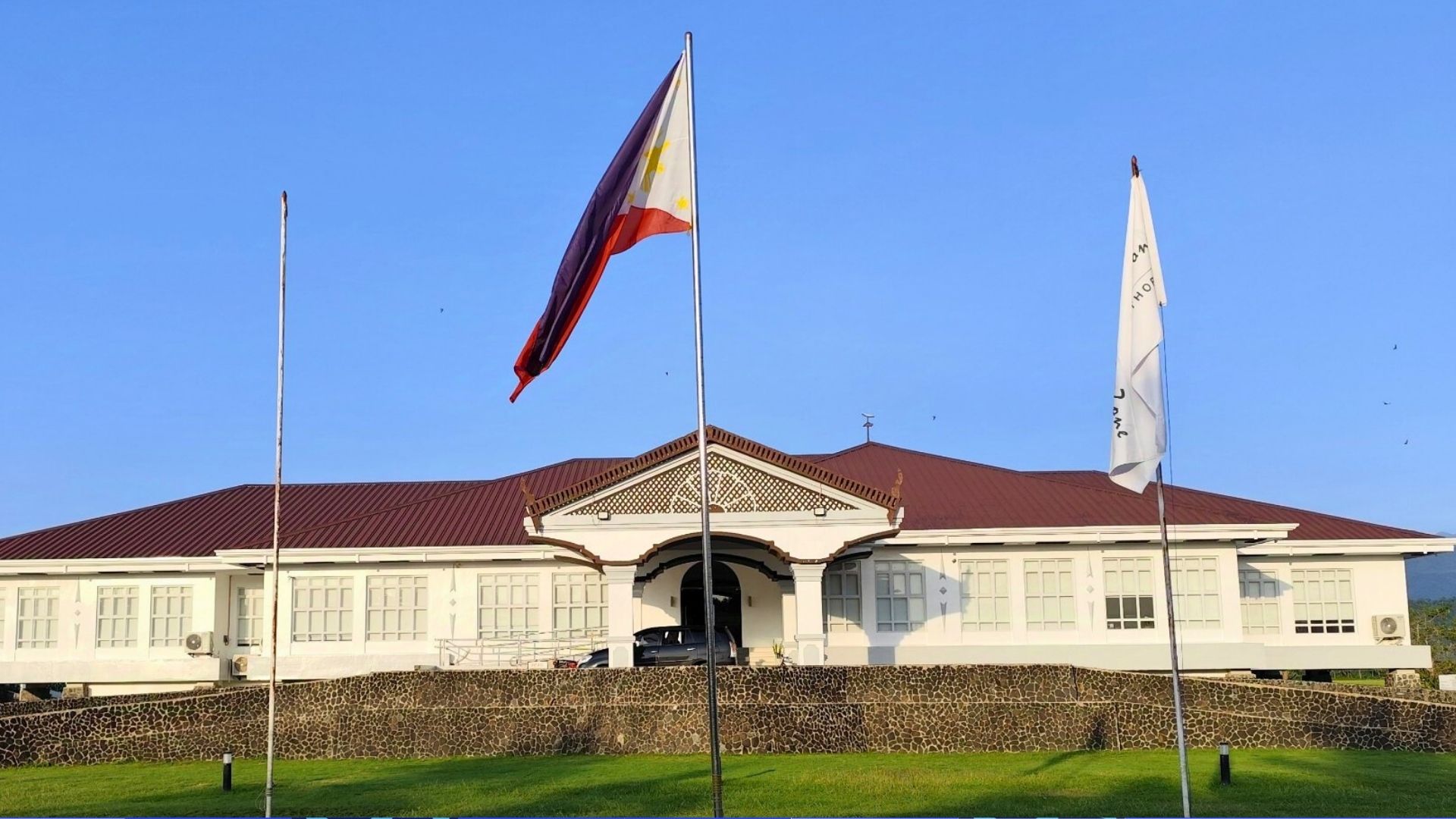
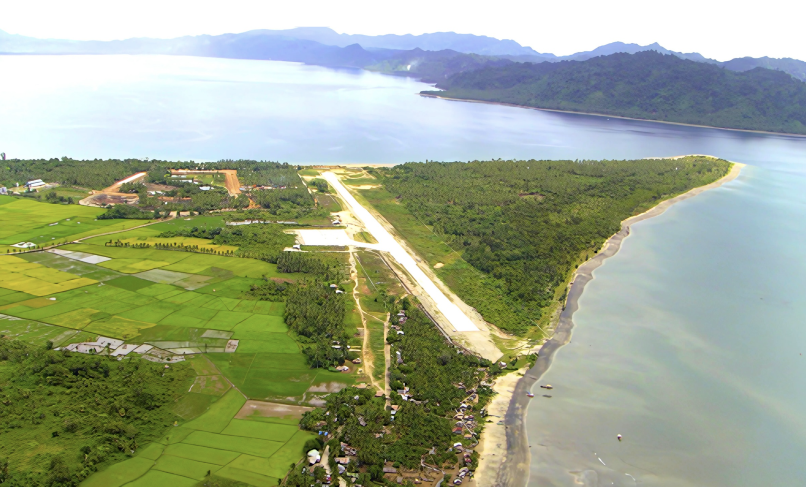
By air, you may also reach APECO by way of private flight. There is a 1,320-meter Casiguran airstrip within the ecozone. There are also four (4) feeder airports in Aurora. One of them is the Dr. Juan C Angara Airport in San Luis, Aurora, which is 7 kilometers from Baler. The nearest major airports are: 1) Clark International Airport in Mabalacat, Pampanga, which is around 265.9 km from APECO, and 2) the Ninoy Aquino International Airport in Manila, which is 319 km from APECO.
You may also reach APECO by sea from Baler. Within the area, there is an operational “Roll-on, Roll-off Port (RORO)”.
APECO’s geographic location has a potential for an international seaport, as shown by existing studies by reputable financial institutions.
